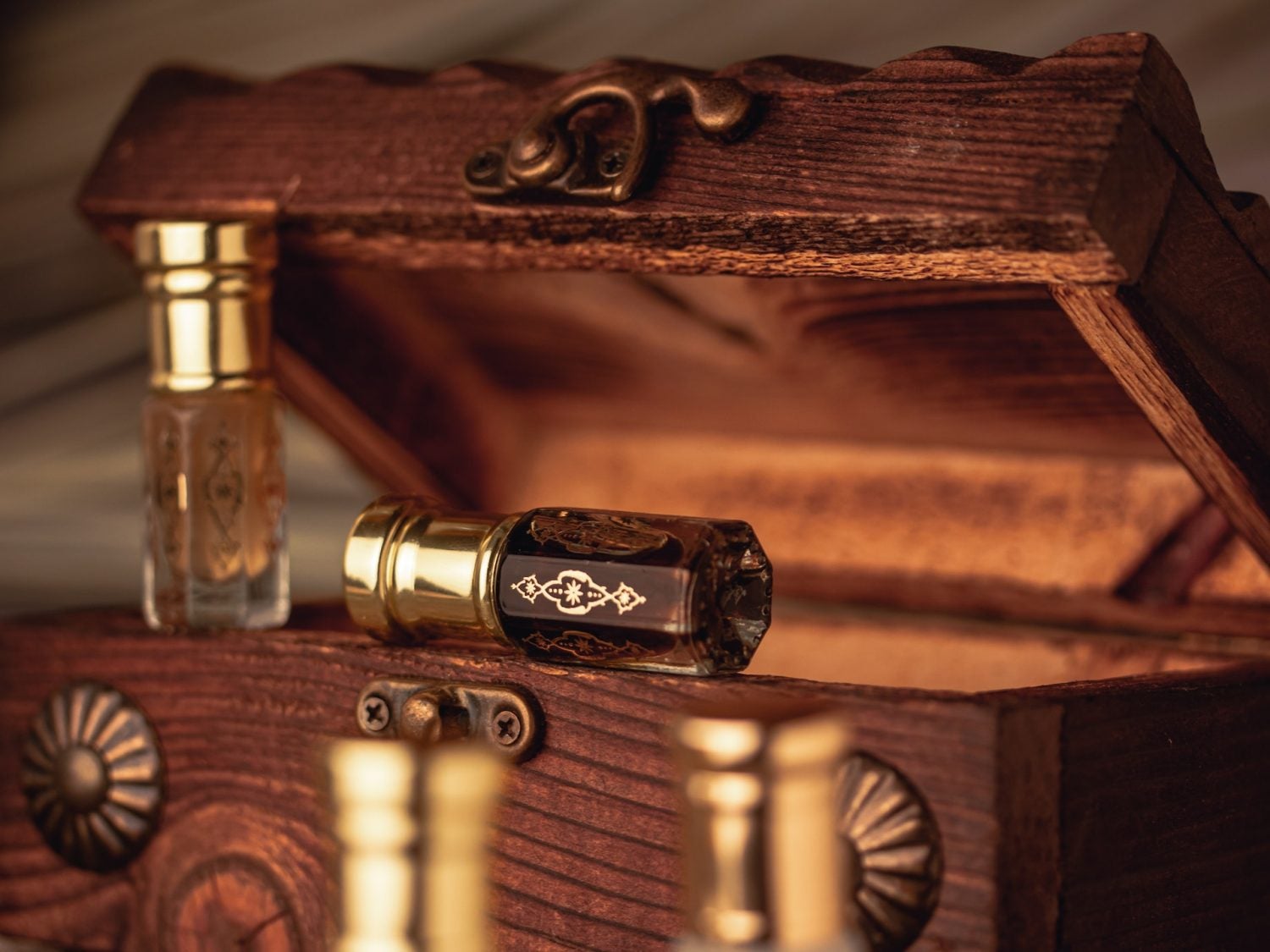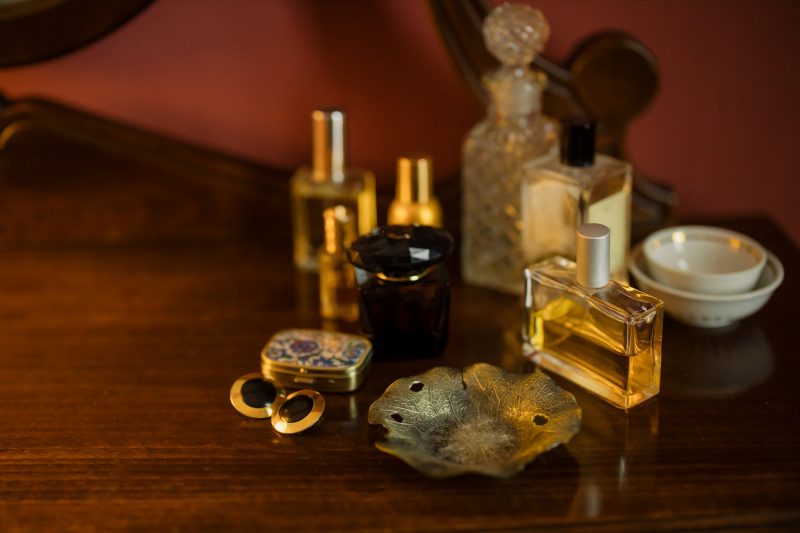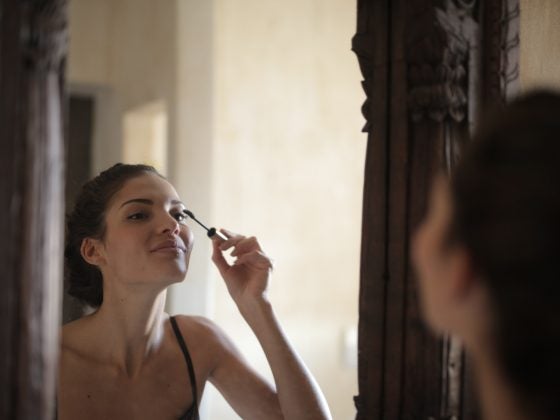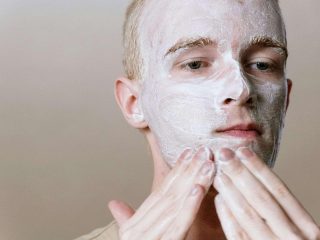If you’re one of the nearly 42 percent of shoppers who wear fragrance regularly, you feel your presentation is incomplete without a great perfume or cologne.
The right fragrance is more than just an accessory. It’s an extension of you and your sense of style and beauty. As a knowledgeable wearer, you shouldn’t merely have a preferred product, you should also understand what makes that product work for you.
Putting It Together
From modern scents to brands like Parfums de Marly inspired by 18th-century French royalty, every product is part of a particular class or family. When scents are identified as being floral, fruity, woody, or amber, these terms refer to the fragrance family. Knowing the family gives you an idea about what to expect.
Your favorite fragrances are composed of various scent accords or notes that exist on one of three layers. Whereas a fragrance family helps to describe a product, the scent notes reveal more about how others may perceive what you’re wearing:
- Top notes: Also called head notes or the head layer, these notes are immediately detected when you spray a fragrance. They fade quickly, but they make the first impression on you and others.
- Middle notes: Sometimes called heart notes or the heart layer, these notes are chiefly responsible for the main scent characteristics of the product. You tend to detect heart notes before the head notes completely fade.
- Base notes: These scent accords provide the foundation and depth of a fragrance. They’re also responsible for long-term perception. Base notes often smell unpleasant alone, but they blend well with the upper layers and grow more pleasant over time.
Some fragrances are simple, featuring layers composed of one to two similar notes. Others such as the Parfums De Marly Percival EDP are more complex, featuring various notes on different layers. Percival EDP is a citrus woody fragrance with notes that are citrusy, floral, woody, musky, and spicy.
Measuring Product Performance
When evaluating a perfume or cologne and how it’s perceived by others, you should know the following metrics:
- Performance or Longevity: The amount of time that a scent lasts is known as its performance or longevity. It is arguably the most important factor, as you need to know if a scent will fade quickly or last the entire day. Scent longevity is also impacted by your unique body chemistry and where you apply it. Pulse points are usually the best places for scent retention.
- Projection: How far a fragrance projects into the air when you’re stationary is a measure of its projection.
- Sillage: This French term describes the trail that a fragrance leaves in your wake when you’re moving.
- Dry-down: After some time, your perfume or cologne has “dried down” and can only be perceived close to your skin. The base notes will be most prominent, impacted by your skin’s oils.
Finding Your Fragrance
Knowing what makes up a scent can help you narrow your search. The good news is that you can experience top brands such as Parfums De Marly, Carolina Herrera, and more without spending a lot of money.



















